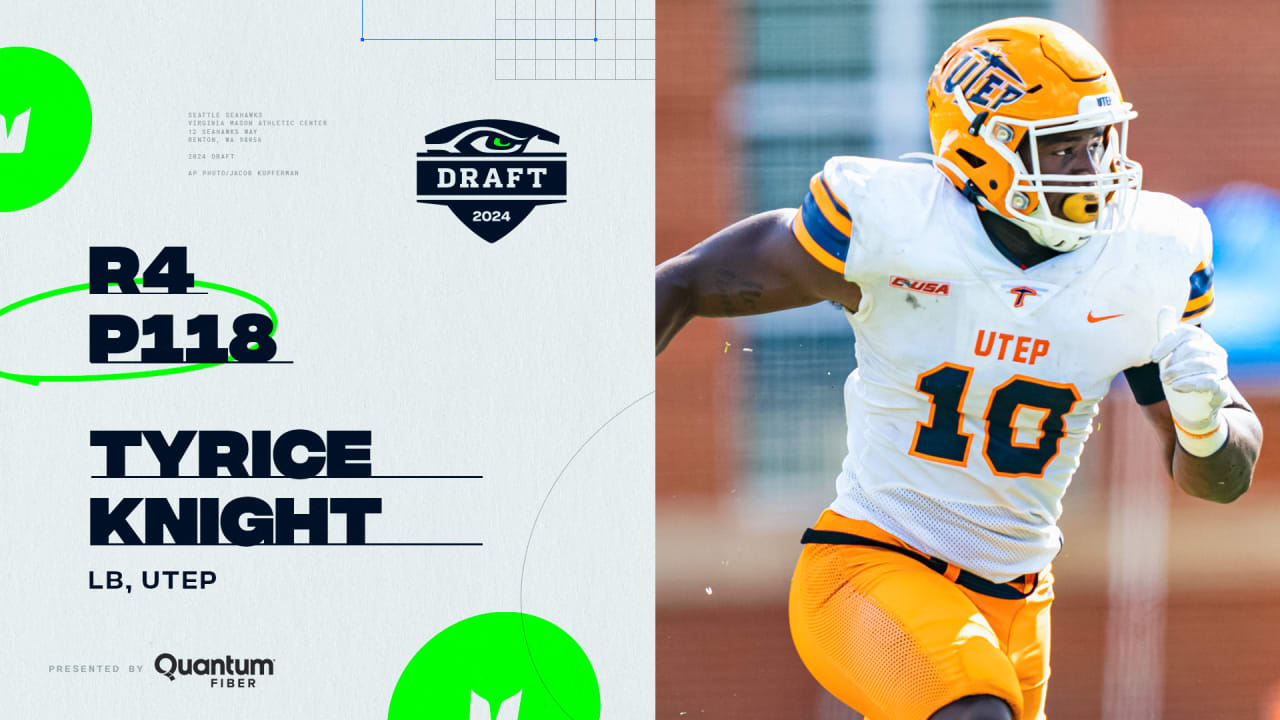In January, New York Community Bancorp (NYCB) announced severe losses on its commercial real estate loan reserves and consequently suffered a 70% drop in its share price. Shortly thereafter, financial analysts at Evercore ISI did some number crunching and found that several regional banks have elevated exposure to commercial loans that should concern investors.
According to their research, four banks are facing accelerated risk if the commercial sector continues to struggle:
-
Cullen/Frost Bankers
-
M&T Bank
-
Synovus Financial
-
Citizens Financial Group
Evercore’s John Pancari, one of the analysts who studied the issue, noted that although loan defaults (or write-offs) have not reached the levels they hit during the financial crisis, continued losses in the commercial sector may force at-risk banks to increase their cash reserves. With that said, Pancari doesn’t necessarily believe these banks are at risk of failure in the event of an increase in commercial loan defaults.
“This is an earnings issue for the banks, rather than a liquidity or capital issue,” Pancari told Barron’s.
That’s good news for the economy because a second wave of regional bank closures like the one that wiped out First Republic Bank and several others in 2023 would rattle the nerves of investors and regulators alike. However, Evercore’s analysis still comes as unwelcome news for shareholders in the at-risk banks.
Don’t Miss:
How Evercore Crunched The Numbers
Evercore conducted its analysis by comparing the amount of potential exposure regional banks had with the amount of their loan reserves, which is a “rainy day fund” that banks maintain to offset losses in the event of massive loan defaults. Texas’s Cullen/Frost Bank made the list because 35% of its loans are related to commercial real estate and its loan reserves are 1.45%.
One significant factor in Cullen/Frost’s favor is that its average loan cash flow was 1.44 times debt expenses, which means many of its loans are on properties that generate income and satisfy their debts. Next on the list is Georgia’s Synovus Financial, which has 32% of its loans concentrated in commercial real estate with reserves of 1.09%. However, Synovus’s CEO said the bank has few problematic loans and it has restricted new commercial lending.
Rhode Island-based Citizens Financial Group has 19% of its loan exposure to commercial real estate and reserves of 2.2%. Citizens Financial Group’s position is a source of concern because office loans represent a significant portion of the 19% loan exposure. It also has a 10.2% reserve for its office loans. This is important because the office market is perhaps the most troubled sector in commercial real estate.
What Do The Banks Say About Their Loan Books?
M&T Bank of Buffalo, New York, has 24% of its total loans in commercial real estate and 1.9% in reserves. If the bank were put under a stress test such as those the Federal Reserve performed on large banks like Wells Fargo after the 2008 meltdown, the reserves would account for 22% of M&T Bank’s losses.
In a recent letter to shareholders, M&T noted that its outstanding commercial loan balance is the lowest it’s been in 15 years and the loan-to-value property value ratio was 56%. On its most recent earnings call, M&T Chief Financial Officer Daryl Bible said, “We feel really good where our reserve is right now. I can’t promise you it’s not going to go up. But we’ve done a very thorough review of what we think our higher-risk type credits are in the (commercial real estate) space.”
Another Reason To Watch This Sector Carefully
In the final analysis, Pancari believes it’s unlikely a mass default would hurt depositors, but their potential impact on stock performance is a good reason to monitor their watch-listed banks carefully. It’s reasonable to expect all the banks in Evercore’s analysis to paint a rosy picture, but history has shown it only takes one bank going under because of bad loans to set off a chain reaction that starts a regional banking crisis.
There is almost $1 trillion in commercial loan debt maturing in 2024, and it’s likely many of the developers who owe the money won’t be able to refinance at rates that keep their projects in the black. That’s inevitably going to lead to defaults, and it’s difficult to imagine that some regional banks won’t go down with their bad loans. Overall, the Evercore analysis is another reason investors should watch this sector carefully.
Read Next:
“ACTIVE INVESTORS’ SECRET WEAPON” Supercharge Your Stock Market Game with the #1 “news & everything else” trading tool: Benzinga Pro – Click here to start Your 14-Day Trial Now!
Get the latest stock analysis from Benzinga?
This article These Four Banks Could Be In Danger If Commercial Real Estate Continues To Falter originally appeared on Benzinga.com
© 2024 Benzinga.com. Benzinga does not provide investment advice. All rights reserved.

Jessica Roberts is a seasoned business writer who deciphers the intricacies of the corporate world. With a focus on finance and entrepreneurship, she provides readers with valuable insights into market trends, startup innovations, and economic developments.








